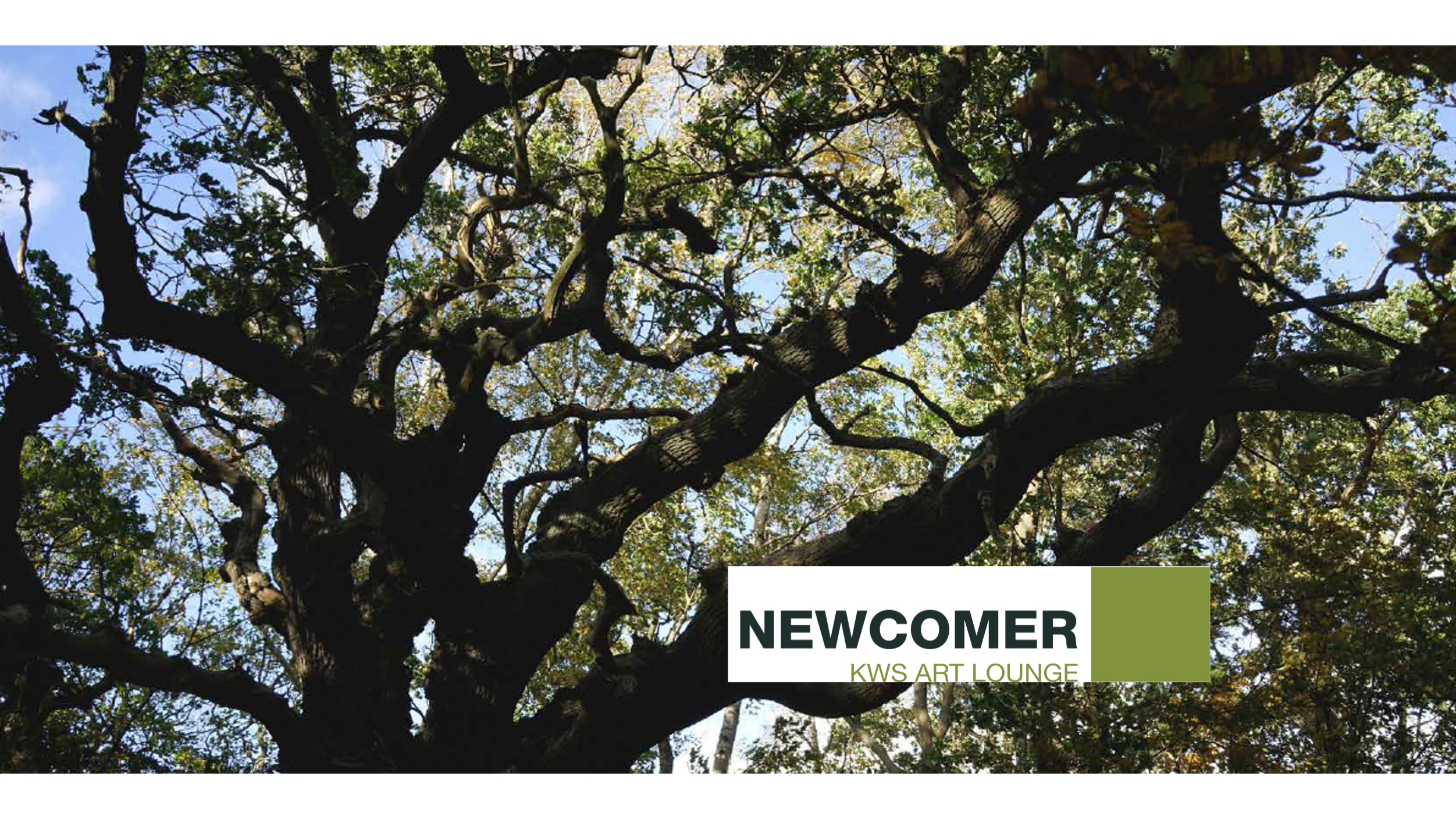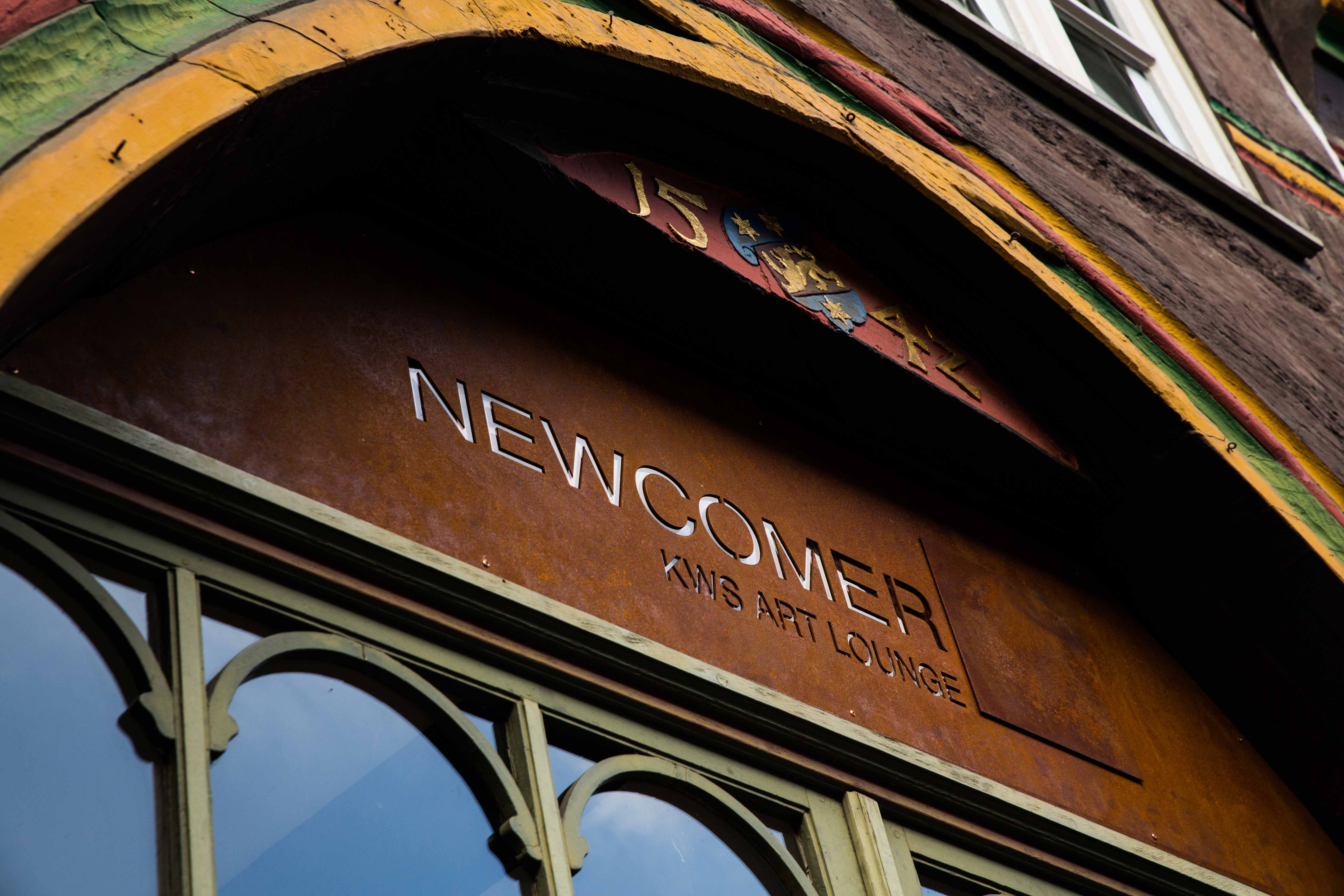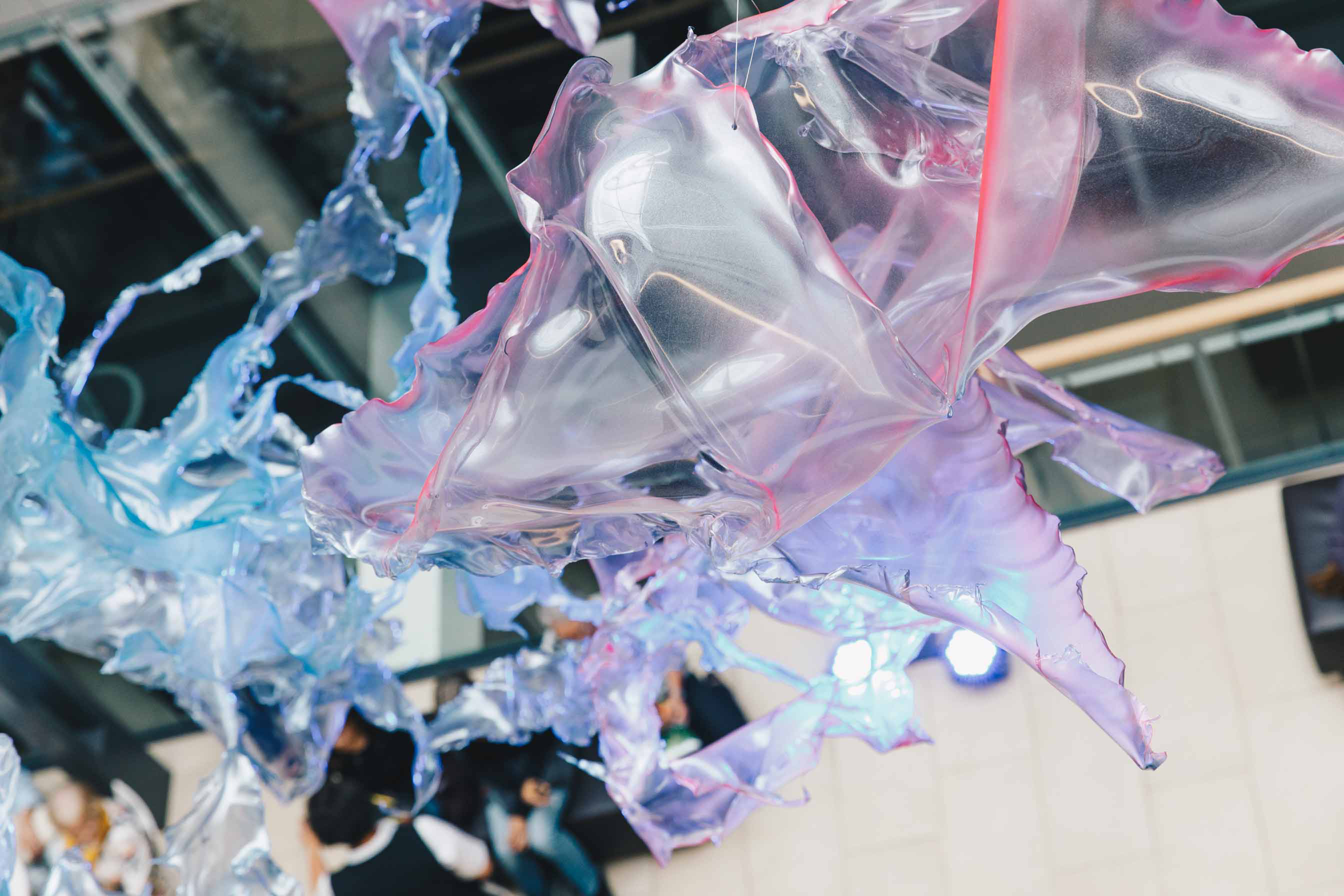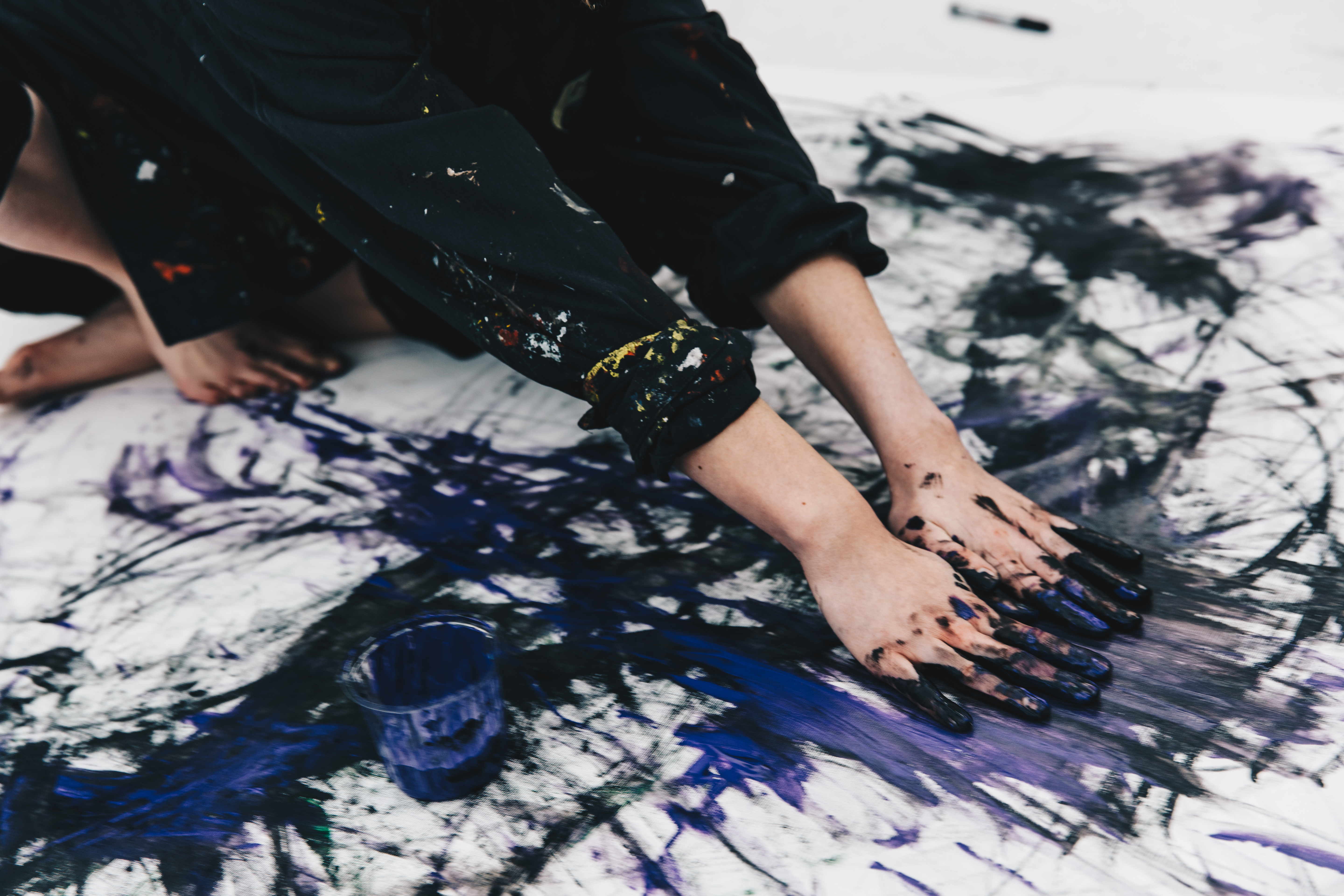Exhibition
Signs of Life - Andreas Greiner
Voice to the voiceless
Digital representation of a forest
How will future landscapes look when most organisms have died?
Andreas Greiner has answered this question with artificial intelligence. For the Mönchehaus Museum the artist has conceived a multi-part installation in which, for the first time, images of forests are shown that an artificial intelligence has calculated. In order to feed the PC with the required large amount of photographic data, the artist stayed in various forests, including the Hambach Forest and the Białowieża forest in Poland, the last virgin forest in Europe. These calculated images shown in the 2nd room of the Art Lounge could be memories of dead forests. They are the digital representation of a forest, based on a data set of several thousand images. However, they serve not only as a memento mori of the living, as a memory of a rich nature in the romantic sense, but also as a starting point for questions about our use of resources.
Change the System
A splendid tree that reminds us of paintings by Casper David Friedrich. However, in the background you see a giant coal excavator. The photo shows the edge of the clearing in the Hambach Forest. The graphs on the photograph show the Co2 emissions of an average German citizen in 2018 and that of the artificial intelligence that was needed to calculate the forest images.
The photo shows a small hornbeam in the Hambach Forest. Again, a giant excavator is visible in the background. Below the picture, Greiner writes in a kind of artistic manifesto to what extent we are part of a contradictory eco-system. The text also establishes a connection between the exhibition space and the garden of the Mönchehaus Museum. Andreas Greiner transported this small hornbeam from the Hambach forest to Goslar and planted it in front of the museum building in the sculpture garden as a living sculpture.
As part of a new generation of ecological artists, Greiner shows that art can condense information and find new types of representations that make an impression on viewers. In other words, Andreas Greiner's exhibition is a way to shed the passivity triggered by the flood of information and develop a lasting curiosity. It helps our imagination to include other beings and cosmologies and allows us to rethink our near and far surroundings.
About the artist - Andreas Greiner
Andreas Greiner was born in Aachen in 1979 and lives and works in Berlin.
He works with time-based and living sculptures that are subject to dynamic and uncontrollable variables. Part of his practice is to look into possible extensions of classical parameters in sculpture. In terms of content, he concentrates on the influence of anthropogenic intrusion into the form and evolution of "nature". He is part of the artist collectives A/A and Das Numen.
Résumé
- 2012 - 2013 Master student Prof. Olafur Eliasson
- 2009 - 2013 Institut für Raumexperimente UdK Berlin (Institute for Spatial Experiments), Prof. Olafur Eliasson
- 2007 - 2008 Berlin University of Arts, Prof. Rebecca Horn (Class of Multi-Media-Arts)
- 2006 - 2007 Dresden Academy of Fine Arts, Prof. Hans Peter Adamski
- 2005 - 2006 Technical University of Berlin, Carl Gustav Carus, Dresden (Faculty of Medicine)
- 2003 - 2005 Semmelweis University Budapest, July 2005: Preliminary Medical Examination
- 2000 - 2002 The Florence Academy of Art, Florence
- 2000 Academy of Art College, San Francisco
Awards
- 2019 Kaiserring Scholarship holder (DE)
- 2016 GASAG Art Award, Berlinische Galerie (DE)
- 2016 UN Campus Bonn, Kunst am Bau, Second Place, Federal Office for Building, with Alexandra Spiegel (DE)
- 2015 IBB Photography Award (DE)
- 2015 Conlon Music Prize for Disklavier Plus, with Tyler Friedman (NL)
- 2014 Neuer Aachener Kunstverein: Award for Young Artists (DE)
Life Forms - a book about Andreas Greiner’s creations
What forms does artificial life take? How does man intervene in growth processes today through synthetic biology? How does this shape the relationship between nature and culture? And what role does art play in the age of the Anthropocene? For Andreas Greiner, these questions are central to his work, in which he questions the relationship between nature / technology / culture / art ethically as well as socially and ecologically.
The book places Andreas Greiner's artistic works in a dialogue with scientists and experts from various disciplines such as physics, computer science, biology, music and architecture.
- Life Forms is edited by Carson Chan (author, architect and curator).
- The layout and design was done by Sin-U Ko.
- Contributing authors were Mareike Vennen, Olivier Zeitoun, Gregory Cartelli, Ryan Roark, Jennifer Schnepf, Ursula Ströbele and Stefan Vicedomamong others.
- 232 pages, English, softcover, Snoeck Verlag
- ISBN: 978-3-86442-309-3
Available in bookshops from 15 April 2020
Discover more
Your contact




















